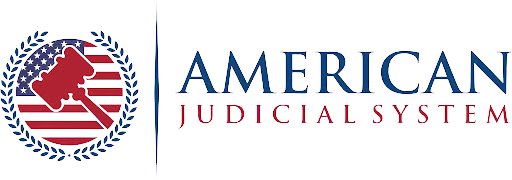Every engine depends on precise timing to run properly. Whether your vehicle uses a belt or a chain, regular maintenance is essential. A Nashville auto accident attorney knows that neglecting small issues like this can sometimes lead to serious trouble on the road.
Understanding The Basics
The timing system ensures that the engine’s valves and pistons move in sync. It controls when fuel enters the cylinders and when exhaust leaves them. When timing slips, the engine loses power, runs rough, or may even stop altogether.
Engines use either a timing belt or a timing chain to maintain proper timing. Both serve the same purpose but require different levels of care. Knowing which one your car uses helps you avoid costly surprises later.
What Is A Timing Belt?
A timing belt is a rubber band reinforced with fibers for strength. It connects the crankshaft and camshaft, ensuring they turn together. Over time, the belt wears down, cracks, or stretches, and must be replaced.
Most automakers recommend replacing the belt between 60,000 and 100,000 miles. Waiting too long can lead to severe engine damage if the belt breaks. In many engines, a snapped belt allows pistons to hit valves, leading to major repairs or even total engine failure.
Replacing the belt before it fails is always cheaper than repairing the damage it causes. Mechanics can spot early warning signs such as fraying, cracks, or oil leaks that indicate belt wear. weakness
What Is A Timing Chain?
A timing chain is made of metal links, similar to a bicycle chain. It serves the same purpose as a belt but is built for long-term durability. Many newer vehicles use chains because they last longer and rarely need replacement.
The chain runs inside the engine and is lubricated by motor oil. Clean oil keeps it running smoothly and prevents stretching or wear. If oil changes are skipped, the chain can stretch, the tensioner can fail, and engine timing can slip.
Although chains can last the life of the engine, they do eventually wear out. A rattling noise at startup or while idling typically indicates that the chain or tensioner requires attention.
Maintenance Differences
The primary difference between timing belts and chains is the frequency of their service requirements. Belts have a set replacement schedule, while chains are inspected during regular maintenance but replaced only when needed.
Timing belts are less expensive to replace, but they need to be replaced more frequently. Chains usually last longer but are far more costly to repair if they fail. Understanding that trade-off helps you plan for future maintenance costs.
Oil changes matter most for chain-driven engines. Clean oil keeps the chain lubricated and ensures it remains tight. Failing to maintain oil leads to premature wear and potential failure.
Warning Signs Of Trouble
Both systems give warning signs before they fail. A worn belt may squeal, slip, or show visible cracking. A stretched chain might make a rattling sound, especially during cold starts.
If you notice rough idling, poor acceleration, or a check-engine light, timing problems could be to blame. A mechanic can inspect and confirm whether the issue comes from the belt or the chain.
Ignoring these signs can lead to sudden engine failure. Not only can this leave you stranded, but it can also cause accidents if the engine stalls while driving.
The Cost Factor
Replacing a timing belt typically costs between $500 and $1,000, depending on the vehicle’s make and model. While not cheap, it’s far less than the cost of repairing a damaged engine. Timing chain work is more involved and can cost between $1,500 and $3,000.
These numbers show why preventive maintenance pays off. Spending a little now helps avoid spending a lot later. A trusted mechanic can guide you on when and how to maintain your timing system. Taking care of it doesn’t just save money; it helps prevent dangerous breakdowns.
Extending Engine Life
Routine maintenance extends your engine’s life. Keep oil clean, listen for unusual noises, and follow the manufacturer’s schedule. A well-maintained engine runs smoother, lasts longer, and stays safer.
If you buy a used vehicle, ask if the timing belt or chain has been serviced. A quick inspection or replacement can save you from serious engine trouble. Staying proactive keeps your car dependable for years.
Conclusion
Understanding the difference between a timing belt and a timing chain helps you properly maintain your vehicle. Keeping up with maintenance protects both your engine and your safety. If neglect or poor service leads to an accident, a Nashville auto accident attorney can help you recover and hold the right parties accountable.










